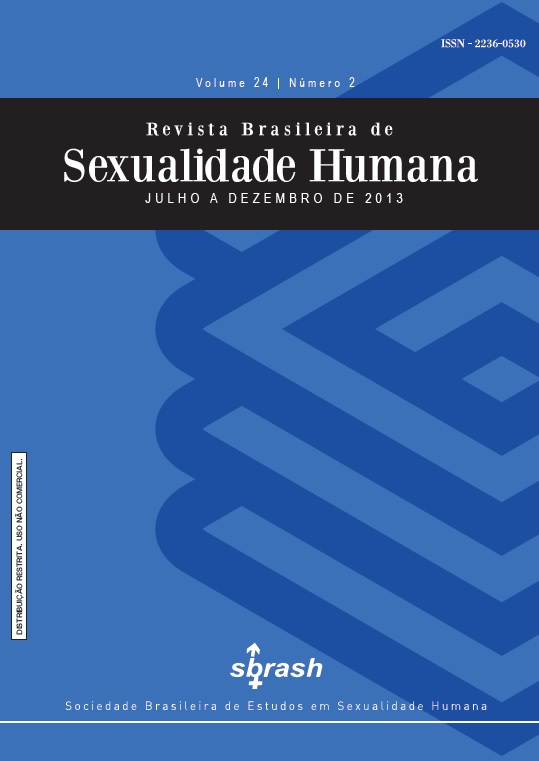TEENAGE PREGNANCY
DECREASE OR STABILITY?
DOI:
https://doi.org/10.35919/rbsh.v24i2.178Keywords:
pregnancy, teenage, vulnerability, sexuality, public policiesAbstract
Public sources of data on teenage pregnancy in Brazil follow different methodologies. As a result, data for 2005-11 are divergent. The National Household Sampling Survey, based on declarations of the household responsible, has the highest statistics, although the opposite occurs with birth certificates issued by notary offices. These differences, in spite of the sources’ limits, are to be carefully considered in public policies planning, execution and evaluation. Even regarding these divergences, relating the number of births to the total female population of the same age group, this paper found an increase of mothers aged 10 to 14 years and a reduction of those in the 15-19 age group, except in the latter according to one source. As these statistics keep on relatively high and increases in the most vulnerable group, state and society need to offer proper replies to this challenge.



